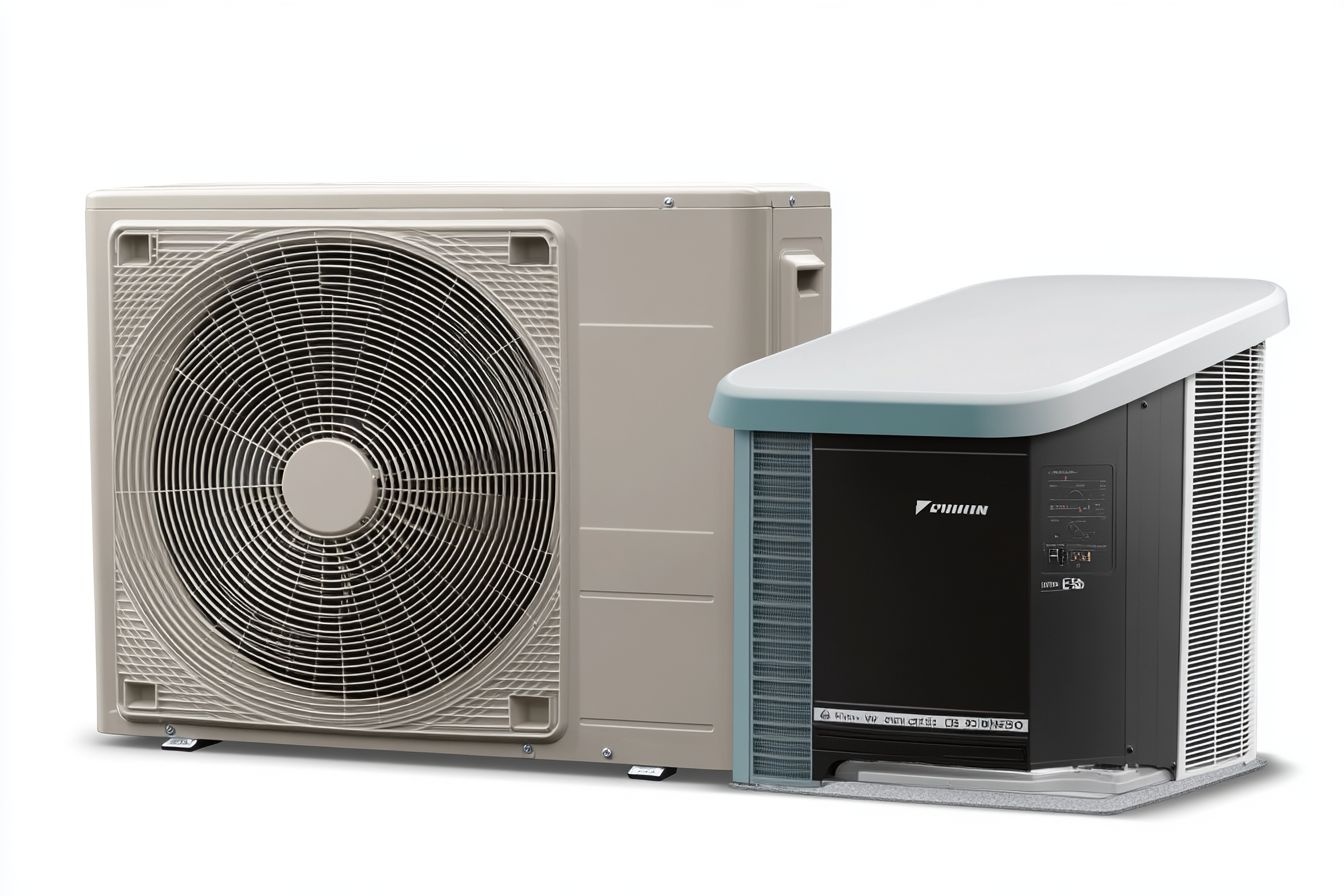Air Conditioning: Understanding the Cool Technology Behind Climate Control
Air conditioning has become an essential part of modern life, providing comfort and relief from sweltering temperatures in homes, offices, and vehicles. This technology, which goes beyond simple cooling, plays a crucial role in maintaining optimal indoor environments. Let's delve into the world of air conditioning, exploring its components, functions, and impact on our daily lives.

The liquid refrigerant then passes through an expansion valve, which reduces its pressure and temperature dramatically. From there, it enters the evaporator coils inside the building. As warm indoor air is blown over these cold coils, the refrigerant absorbs heat and evaporates back into a gas. The cooled air is then circulated throughout the space, while the refrigerant returns to the compressor to repeat the cycle.
What are the main components of an HVAC system?
HVAC, which stands for Heating, Ventilation, and Air Conditioning, is a comprehensive system that manages indoor climate control. The main components of an HVAC system include:
-
Compressor: As mentioned earlier, this is the powerhouse of the cooling system, pressurizing the refrigerant.
-
Condenser: Usually located outside, it releases heat from the refrigerant to the outdoor air.
-
Evaporator: This indoor unit absorbs heat from the indoor air, cooling it in the process.
-
Expansion valve: It regulates the flow of refrigerant and reduces its pressure before it enters the evaporator.
-
Thermostat: This control device allows users to set and maintain desired temperatures.
-
Ductwork: A network of passages that distribute cooled or heated air throughout the building.
-
Air filter: It removes dust, pollen, and other particles from the air, improving indoor air quality.
Understanding these components helps in maintaining and troubleshooting your HVAC system effectively.
What are the benefits of proper climate control?
Effective climate control through air conditioning offers numerous benefits beyond mere comfort:
-
Improved air quality: AC systems filter out pollutants, allergens, and dust, contributing to cleaner indoor air.
-
Enhanced productivity: Comfortable temperatures help maintain focus and increase work efficiency.
-
Health benefits: Proper cooling can prevent heat-related illnesses and reduce the risk of dehydration.
-
Better sleep: A cool, comfortable environment promotes more restful sleep.
-
Protection for electronics: Many electronic devices perform better and last longer in controlled temperatures.
-
Humidity control: Most AC systems also help manage indoor humidity levels, preventing mold growth and improving overall comfort.
How can I choose the right air conditioning system?
Selecting the appropriate air conditioning system depends on several factors:
-
Space size: The square footage of the area to be cooled determines the capacity needed.
-
Climate: Local weather patterns influence the type and size of system required.
-
Energy efficiency: Look for systems with high SEER (Seasonal Energy Efficiency Ratio) ratings to save on energy costs.
-
Budget: Consider both initial costs and long-term operating expenses.
-
Features: Modern systems offer various features like smart controls, multi-zone cooling, and air purification.
-
Installation requirements: Some systems may require extensive ductwork, while others, like ductless mini-splits, offer more flexibility.
Consulting with a professional HVAC technician can help you make an informed decision based on your specific needs and circumstances.
What are some energy-efficient cooling strategies?
While air conditioning is effective, it can be energy-intensive. Here are some strategies to enhance cooling efficiency:
-
Regular maintenance: Clean or replace filters, and have a professional service your system annually.
-
Proper insulation: Ensure your home is well-insulated to prevent cool air from escaping.
-
Smart thermostats: These devices can automatically adjust temperatures based on your schedule and preferences.
-
Zoning: Cool only the areas you’re using by closing vents in unoccupied rooms.
-
Use of fans: Ceiling or portable fans can create a wind-chill effect, making a room feel cooler.
-
Natural ventilation: Open windows during cooler parts of the day to let in fresh air.
-
Shade management: Use curtains or blinds to block out sun during the hottest parts of the day.
By combining these strategies with an efficient air conditioning system, you can maintain a comfortable indoor environment while minimizing energy consumption and costs.
Air conditioning technology continues to evolve, with newer systems offering improved efficiency, smarter controls, and better environmental performance. As we face challenges like climate change and rising energy costs, understanding and optimizing our cooling systems becomes increasingly important. Whether you’re looking to install a new system, upgrade an existing one, or simply use your current AC more efficiently, a little knowledge goes a long way in ensuring you stay cool and comfortable.






